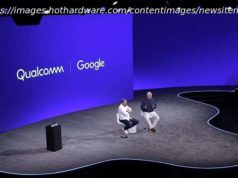It’s not often that we get to hear directly from Apple’s design team
When it comes to the iPhone 16, iPhone 16 Plus, iPhone 16 Pro, and iPhone 16 Pro Max (or indeed any new iPhone), most Apple fans don’t expect to hear much about the design process outside of official Apple events.
It’s a pleasant surprise, then, to see that two Apple designers have spoken out about the motivations and design process behind one of the iPhone 16 family’s most interesting new features – the Camera Control.
With Apple Intelligence still not ready, the brand-new Camera Control is one of the few concrete reasons to upgrade to the iPhone 16. That may be why Apple senior product designer Rich Dinh and human interface designer Johnny Manzari chose to talk up the new button’s benefits on Cool Hunting magazine’s Design Tangents podcast.The Camera Control concept
Dinh explained that the Camera Control exists to make capturing photos and videos easier: “We set off asking the question ‘how can we get closer to one of our visions in the camera experience?’ which is ‘never missing a moment’ [.] I think the magic of Camera Control is that fast capture experience, getting us a little bit closer.“
Manzari added: “What’s exciting about Camera Control is that it delivers a lot of improvements on the real fundamentals, so if you click it quickly launches into the camera, click again and it takes a photo, click and hold and it will take a video. All of this is without you having to readjust your grip or make any changes, it’s really just the fastest experience we’ve ever had.”
He also noted that the Camera Control is a technological first for Apple: “This is a combination of a force sensor and a capacitive sensor on this mechanical button, which is an Apple first – we’ve never really done that before, but it unlocks all these new experiences.”
Dinh added: “You are physically moving the button for the half-press, and we use that force sensor underneath to detect that tiny micron-scale movement, send a signal over to the Taptic engine, and really give you that haptic feedback.
Start
United States
USA — IT 'It unlocks all these new experiences': iPhone 16 designers explain why the...





